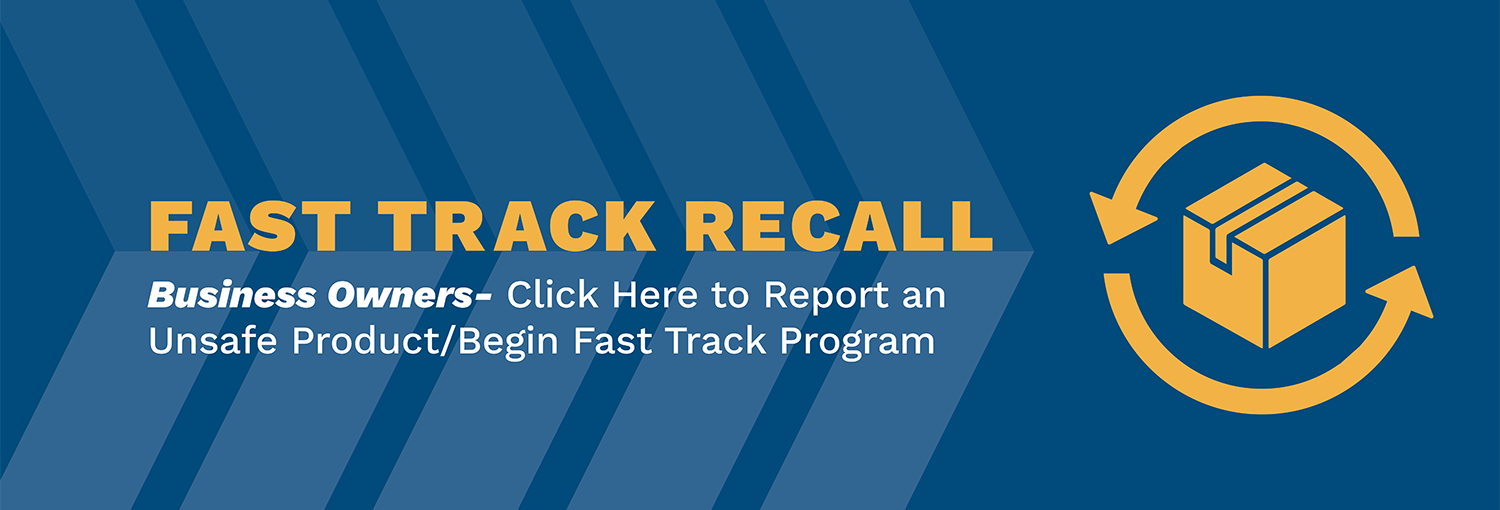Access to the MPR System
Access to the MPR system is granted by:
- The Compliance Officer assigned to your case.
- Someone who already has access to the MPR system (such as the firm or firm representative who set up the account).
You may also request access by contacting your Compliance Officer, or section15@cpsc.gov
After you are granted access to the system, you will receive an automated email with instructions on logging in.
If you need assistance, please contact your Compliance Officer, or section15@cpsc.gov, to request access.
Logging In
To activate your account:
1. If you are using the contact email you provided to the Office of Compliance for logging into CPSC’s business portal, proceed to the login page: https://apps.saferproducts.gov.
2. If you need to reset your password, click on this link and follow the prompts: https://apps.saferproducts.gov/sspr/public/ForgottenPassword.
3. Once you have successfully reset your password, log in and select the “Monthly Progress Report” application link on: https://apps.saferproducts.gov.
If you do not see the “Monthly Progress Report” link, it means you have not been added to a case. Please contact your Compliance Officer, or section15@cpsc.gov, to request access.
Monthly Progress Report Online Submission User Guide
Download the Monthly Progress Report Online Submission User Guide
Additional Documents and Forms
Download the Compliance Letter to the National Association of Manufacturers
Download the Monthly Progress Report Instructional Guide
Frequently Asked Questions
What is an MPR?
The Monthly Progress Report (MPR) is used to keep track of the progress of a recall. An MPR consists of a form used to report information regarding the total number of units involved and how many corrections have occurred during a specific time period. An MPR is also used to report any new incidents, as well as notifications to and contacts from consumers.
Why are MPRs important?
For every corrective action plan (CAP) negotiated between the firm and CPSC staff, a Compliance Officer works directly with the recalling company to explain how the plan should be developed and implemented. This includes instructions on the use of the MPR. This instructional guide has been crafted to ensure clear guidance is given to every recalling company regarding the requirements of completing the progress report.
When is a Recall Effective?
A recall is effective when the consuming population has received notice that a product is being recalled and has taken the appropriate action to remove the hazard. Evaluating the effectiveness of a recall depends upon several factors, including consumer response to the recall notice.
Additional Monitoring:
Recall verification inspections are conducted by CPSC Field staff to monitor implementation of CAPs. These inspections can also be retail visits that are conducted by either CPSC Field staff or state investigators, who confirm receipt of the recall notification and ensure that recalled products are being quarantined and are no longer being sold and/or distributed. In addition to the inspections, CPSC Field staff will monitor recalled product disposal/destruction, either by witnessing the disposal or destruction in person or by written verification. CPSC’s internet Surveillance staff will also request removal of recalled and/or banned products from auction sites and e-commerce businesses. The Internet Surveillance staff currently works directly with more than 4,000 websites, Internet retailers, and individual e-commerce sellers.

